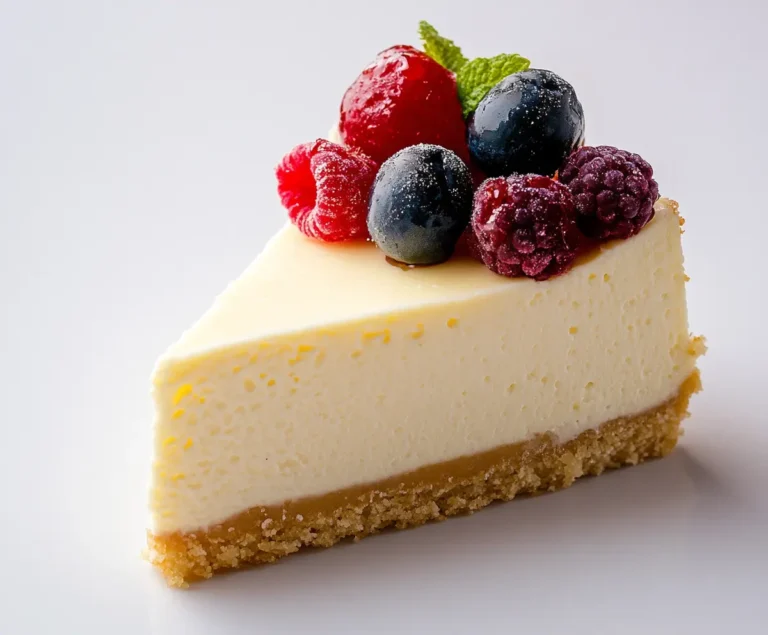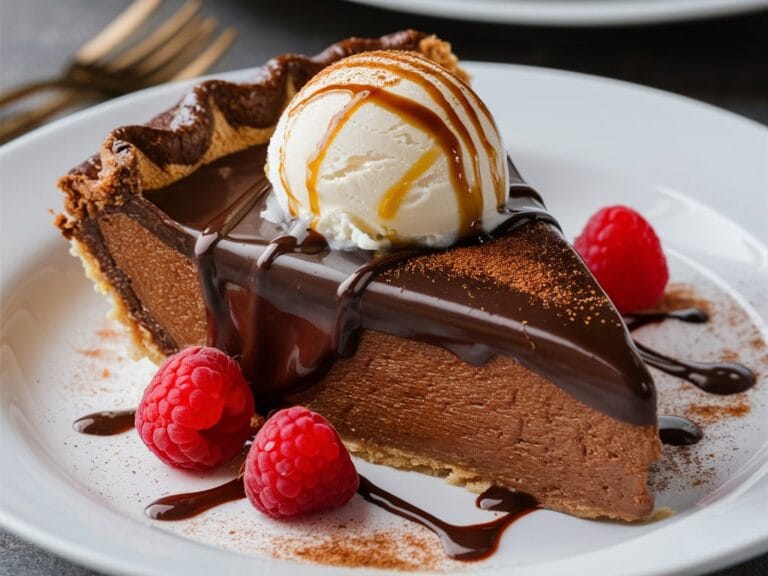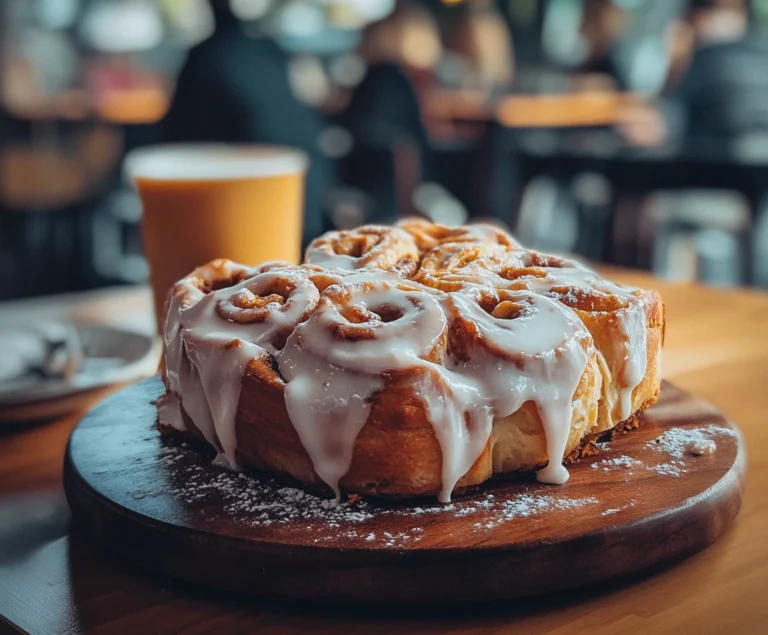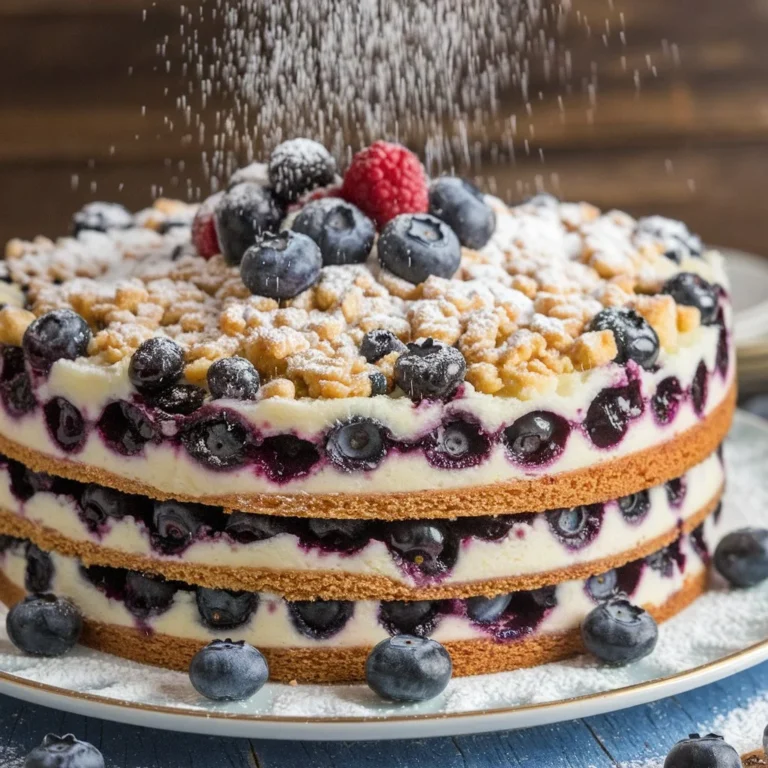What is Brownie Batter Made Of?
What is Brownie Batter Made Of?
Brownies, with their rich, fudgy texture and irresistible flavor, have become a favorite dessert worldwide. The secret to their deliciousness lies in the brownie batter, the foundation that makes these treats so indulgent. But what exactly goes into brownie batter? How do different ingredients contribute to the final product? This comprehensive guide will explore everything you need to know about brownie batter, from its core ingredients to variations, techniques, and FAQs. Let’s dive into the delicious world of brownie making!
Core Ingredients in Brownie Batter
1. Flour
The most basic and essential ingredient in brownie batter is flour. Flour provides the structure to baked goods, including brownies. It binds all other ingredients together and ensures that the brownie holds its shape once baked. The type of flour used can influence the texture of the brownies. For example, all-purpose flour is the most commonly used, but other options like almond flour or gluten-free blends can provide unique textures and flavors.
- All-Purpose Flour: This is the standard choice for most brownie recipes. It offers a neutral taste and provides just enough structure without making the brownies too dense or cakey.
- Almond Flour: A popular gluten-free alternative, almond flour adds a slightly nutty flavor to brownies and gives them a more delicate texture.
- Coconut Flour: Another gluten-free option, coconut flour is highly absorbent, so you’ll need to adjust the liquid content when using it. It imparts a subtle coconut flavor to the batter.
Why Flour Matters in Brownie Batter
Flour is responsible for creating the chewiness and density in brownies. If you use too much flour, the brownies can become dry and cakey, while too little will make them overly gooey and difficult to cut. Achieving the perfect balance of flour is key to getting the ideal texture, whether you’re aiming for fudgy or cakey brownies.
2. Sugar
Sugar not only sweetens the brownie batter but also plays a critical role in the texture and moisture of the brownies. The type of sugar used can drastically change the flavor profile and texture of the finished product.
- Granulated Sugar: The most common type of sugar used in brownies, granulated sugar melts during baking, creating a tender and moist crumb.
- Brown Sugar: This adds moisture to the batter and gives brownies a deeper, more caramel-like flavor. The molasses in brown sugar contributes to the chewy texture.
- Coconut Sugar: A more natural alternative, coconut sugar adds a slight hint of coconut flavor and provides a lower glycemic index option.
- Honey or Maple Syrup: These natural sweeteners can be used as sugar substitutes. They add moisture and a distinct flavor to the brownies but may alter the texture slightly.
The Role of Sugar in Browning and Moisture
In addition to sweetness, sugar aids in the browning process, giving brownies their desirable crust. It also retains moisture, ensuring the brownies remain tender and moist after baking. If you prefer a slightly crisp top, you can use granulated sugar, whereas brown sugar creates a softer, chewier result.
3. Cocoa Powder or Melted Chocolate
The chocolate flavor in brownies can come from two sources: cocoa powder or melted chocolate. Each contributes to the flavor and texture differently, and many recipes use both for a more intense chocolate experience.
- Cocoa Powder: Unsweetened cocoa powder gives brownies a rich, deep chocolate flavor without adding extra moisture. It’s ideal for achieving a denser, fudgy brownie.
- Melted Chocolate: Using melted chocolate adds fat and moisture to the batter, resulting in a more tender and softer texture. The higher the cocoa content in the chocolate, the more intense the chocolate flavor will be.
Differences Between Cocoa Powder and Melted Chocolate
While cocoa powder provides a concentrated chocolate flavor, melted chocolate adds both flavor and moisture. If you prefer fudgy brownies, incorporating melted chocolate is a good choice. On the other hand, cocoa powder is better for creating a more cakey texture. A combination of both can lead to the best of both worlds—a rich, chocolatey flavor with a dense, moist crumb.
4. Butter or Oil
Fat is a crucial element in brownie batter, and the choice between butter and oil can significantly impact the texture and flavor of the final product.
- Butter: Adds a rich, creamy flavor to brownies. The milk solids in butter also contribute to a soft, chewy texture. Browned butter, in particular, can add a nutty, caramel-like flavor to the batter.
- Oil: Neutral oils like vegetable or canola oil make brownies incredibly moist and dense. Since oil is pure fat (without water content like butter), it results in a slightly different texture—more chewy and moist.
Butter vs. Oil: Which is Better?
If you want a rich, flavorful brownie, butter is the way to go. It creates a more tender crumb and contributes to the overall flavor of the brownie. However, if you’re aiming for super moist and dense brownies, oil might be the better choice. Some bakers even use a combination of both for the best of both worlds: flavor from the butter and moisture from the oil.
5. Eggs
Eggs are vital in brownie batter for several reasons. They act as a binding agent, holding the other ingredients together, and they also add moisture and richness to the batter.
- Whole Eggs: Most brownie recipes call for whole eggs, which provide both structure and moisture.
- Egg Yolks: Some recipes may call for extra egg yolks to add richness and enhance the fudgy texture.
- Egg Whites: Egg whites contribute to the structure of the brownies, making them more cakey.
Egg-Free Alternatives
For those who are vegan or have egg allergies, there are several egg replacements that work well in brownie batter. Flax eggs (1 tablespoon of ground flaxseed mixed with 3 tablespoons of water) and chia eggs are common substitutes. Applesauce and mashed bananas can also be used but will alter the flavor slightly.
6. Vanilla Extract
A small but mighty ingredient, vanilla extract enhances the overall flavor of the brownie batter. It balances the richness of the chocolate and butter, adding a subtle sweetness that brings all the flavors together.
- Pure Vanilla Extract: Offers the best flavor and is preferred in most recipes.
- Imitation Vanilla: A more budget-friendly option, but it doesn’t provide the same depth of flavor as pure vanilla.
Brownie Batter Variations
Once you’ve mastered the basics, brownie batter can be adapted to suit various dietary preferences or to add exciting twists to your classic brownies. Below are some popular variations:
1. Edible Brownie Batter
Edible brownie batter is a safe-to-eat version that’s perfect for those who can’t resist sneaking a spoonful of raw batter. This version omits the eggs and uses heat-treated flour to eliminate the risk of foodborne illness. Here’s how you can make it:
- Ingredients:
- Heat-treated flour
- Butter
- Cocoa powder
- Sugar
- Milk or cream
- Vanilla extract
- Method:
- Cream the butter and sugar together.
- Gradually add the heat-treated flour, cocoa powder, and milk until smooth.
- Stir in the vanilla extract for extra flavor.
Edible brownie batter is a fantastic dessert on its own or can be used as a topping for ice cream, cakes, or pies.
2. Gluten-Free Brownie Batter
For those with gluten sensitivities or Celiac disease, gluten-free brownie batter offers a delicious alternative. Instead of traditional all-purpose flour, almond flour, coconut flour, or gluten-free flour blends can be used to create brownies that are just as delicious as the original.
Tips for Gluten-Free Brownie Batter:
- Almond Flour: Provides a slightly nutty flavor and a denser texture. You may need to reduce the amount of liquid in the recipe as almond flour does not absorb as much moisture as wheat flour.
- Coconut Flour: Highly absorbent, so less is needed. It works best when combined with other gluten-free flours.
- Gluten-Free Blends: Many store-bought gluten-free flour blends are designed to mimic the properties of all-purpose flour, making them an easy substitute.
3. Vegan Brownie Batter
To make vegan brownie batter, you need to replace the eggs, butter, and sometimes the sugar (if it’s not vegan) with plant-based alternatives. Here’s how to make a simple vegan version:
- Egg Replacements:
- Flax eggs (1 tablespoon of ground flaxseed mixed with 3 tablespoons of water).
- Chia eggs work similarly.
- Applesauce or mashed bananas can add moisture but may change the flavor profile.
- Butter Replacements:
- Coconut oil or vegan butter can be used instead of dairy butter.
- Milk Replacements:
- Almond milk, soy milk, or coconut milk can be used in place of dairy milk.
4. High-Protein Brownie Batter
For those who want a more health-conscious dessert, adding protein powder to brownie batter can turn this treat into a guilt-free indulgence. Here’s how to make a high-protein version:
- Ingredients:
- 1 cup of protein powder (choose chocolate-flavored for the best result).
- 1/4 cup almond flour.
- Cocoa powder, sweetener, eggs (or flax eggs), and coconut oil.
- Method:
- Mix all ingredients until smooth.
- Adjust consistency with milk or water if the batter is too thick.
This version is perfect for athletes or anyone looking to boost their protein intake while still enjoying a sweet treat.
5. Keto Brownie Batter
Keto brownies are a low-carb alternative that uses ingredients like almond flour and sugar substitutes to keep the net carbs low.
Key Ingredients for Keto Brownies:
- Almond Flour: A great low-carb, high-fat alternative to regular flour.
- Erythritol or Stevia: Low-carb sweeteners that don’t raise blood sugar levels.
- Cocoa Powder: Adds rich chocolate flavor without the carbs.
- Butter or Coconut Oil: High-fat ingredients essential for the keto diet.
By making these simple substitutions, you can enjoy brownies while sticking to a keto-friendly diet.
Techniques for Making the Best Brownie Batter
Creating the perfect brownie batter is as much about technique as it is about the ingredients. Here are some expert tips to ensure your brownies turn out perfect every time:
1. Don’t Overmix the Batter
One of the most common mistakes people make when preparing brownie batter is overmixing. When flour is overmixed, gluten develops, which can lead to tough, dense brownies. To avoid this, mix the batter just until the ingredients are combined. It’s okay if the batter looks a little lumpy—this will ensure the brownies remain tender and fudgy.
2. Measuring Ingredients Accurately
Accurate measurements are critical when it comes to baking, especially with brownies. Too much flour can make the brownies dry and crumbly, while too much butter or sugar can make them overly greasy. Use a digital scale to weigh your ingredients for the most precise measurements.
3. Choose the Right Pan
The type of pan you use can also affect the outcome of your brownies. A metal pan is generally the best choice for even heat distribution, which helps the brownies bake more evenly. Glass or ceramic pans take longer to heat up, which can result in undercooked centers and overcooked edges.
4. Baking at the Right Temperature
Brownies should be baked at a moderate temperature, usually around 350°F (175°C). If the oven is too hot, the edges will cook too quickly, leaving the center raw. Conversely, if the oven is too cool, the brownies will take longer to set and may become dry.
5. Avoid Overbaking
It’s essential to remove the brownies from the oven when they are slightly underdone in the center. Brownies continue to cook as they cool, so if you wait until they are fully set in the oven, they will be overbaked by the time they’ve cooled down. A toothpick inserted into the center should come out with a few moist crumbs clinging to it—this is the perfect time to take them out of the oven.
Frequently Asked Questions (FAQs)
1. Can You Make Brownie Batter Without Eggs?
Yes! There are several egg replacements that work well in brownie batter. Some popular alternatives include:
- Flax Eggs: Mix 1 tablespoon of ground flaxseed with 3 tablespoons of water and let it sit for a few minutes to thicken.
- Chia Eggs: Similar to flax eggs, use 1 tablespoon of chia seeds mixed with 3 tablespoons of water.
- Applesauce: Use 1/4 cup of unsweetened applesauce to replace one egg.
- Mashed Bananas: For a slightly sweeter option, use 1/4 cup of mashed banana in place of one egg.
2. How Should Brownie Batter Be Stored?
Brownie batter can be stored in the refrigerator for up to 3 days or in the freezer for up to 3 months. To store in the freezer, place the batter in an airtight container or wrap it tightly in plastic wrap. When you’re ready to bake, allow the batter to thaw in the refrigerator overnight.
3. Can You Eat Raw Brownie Batter?
Traditional brownie batter contains raw eggs and uncooked flour, which pose risks of salmonella and E. coli. However, you can make edible brownie batter by using heat-treated flour and omitting the eggs. Heat-treating the flour can be done by spreading it on a baking sheet and baking at 350°F for about 5 minutes.
4. What Can Be Added to Brownie Batter for Extra Flavor?
There are many ways to jazz up your brownie batter and make it more interesting:
- Chocolate Chips: Add extra richness with semi-sweet, dark, or even white chocolate chips.
- Nuts: Walnuts, pecans, or almonds add a crunchy texture.
- Swirls: Peanut butter, caramel, or cream cheese can be swirled into the batter for an extra indulgent treat.
- Fruit: Fresh raspberries or dried cherries complement the chocolate flavor beautifully.
5. What’s the Difference Between Fudgy and Cakey Brownies?
The difference between fudgy and cakey brownies lies in the ingredient ratios. Fudgy brownies have a higher fat-to-flour ratio, with more butter or oil and fewer eggs. Cakey brownies, on the other hand, have more flour and sometimes an extra egg to create a lighter, airier texture.
6. Can You Make Brownie Batter Ahead of Time?
Yes, brownie batter can be made ahead of time and stored in the refrigerator for up to 3 days. You can also freeze the batter for up to 3 months. When you’re ready to bake, thaw the batter in the fridge overnight and then bake as usual.
Conclusion
Mastering brownie batter is the key to creating delicious, fudgy, or cakey brownies that will satisfy any chocolate craving. Whether you prefer traditional, gluten-free, vegan, or high-protein brownies, this versatile batter can be adapted to fit your dietary needs and taste preferences. By understanding the roles of each ingredient and using the proper techniques, you can make the perfect brownies every time.
Now that you know what brownie batter is made of, it’s time to get creative and experiment with different flavors, add-ins, and textures. Happy baking!







